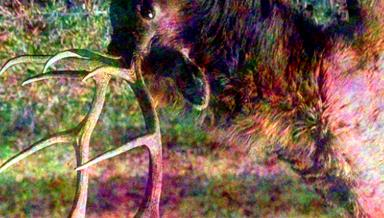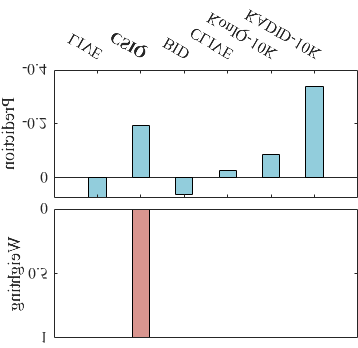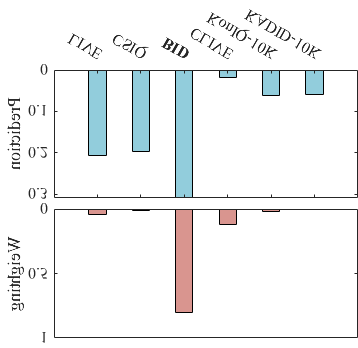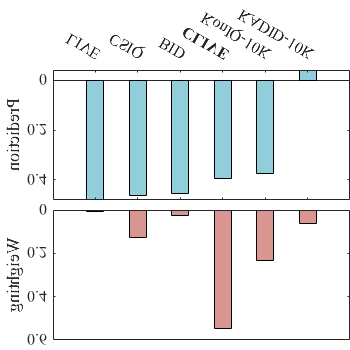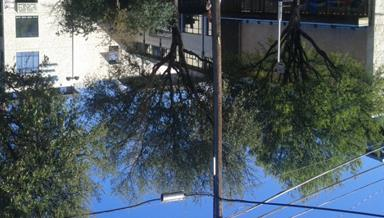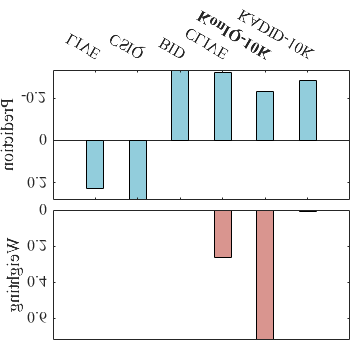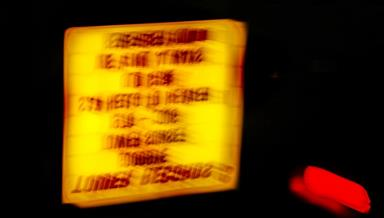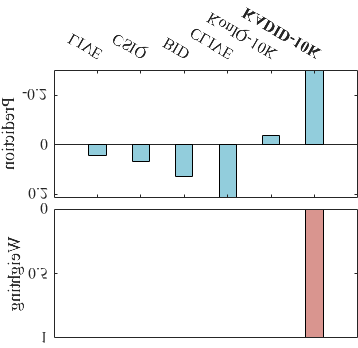The explosive growth of image data facilitates the fast development of image processing and computer vision methods for emerging visual applications, meanwhile introducing novel distortions to the processed images. This poses a grand challenge to existing blind image quality assessment (BIQA) models, failing to continually adapt to such subpopulation shift. Recent work suggests training BIQA methods on the combination of all available human-rated IQA datasets. However, this type of approach is not scalable to a large number of datasets, and is cumbersome to incorporate a newly created dataset as well. In this paper, we formulate continual learning for BIQA, where a model learns continually from a stream of IQA datasets, building on what was learned from previously seen data. We first identify five desiderata in the new setting with a measure to quantify the plasticity-stability trade-off. We then propose a simple yet effective method for learning BIQA models continually. Specifically, based on a shared backbone network, we add a prediction head for a new dataset, and enforce a regularizer to allow all prediction heads to evolve with new data while being resistant to catastrophic forgetting of old data. We compute the quality score by an adaptive weighted summation of estimates from all prediction heads. Extensive experiments demonstrate the promise of the proposed continual learning method in comparison to standard training techniques for BIQA. We made the code publicly available at https://github.com/zwx8981/BIQA_CL.
翻译:图像数据的爆炸性增长有助于为新出现的视觉应用快速开发图像处理和计算机视觉方法,同时对经过处理的图像进行新的扭曲,这对现有的盲人图像质量评估模型(BIQA)构成巨大挑战,无法不断适应这种亚人口变化。最近的工作建议对BIQA方法进行关于所有现有人类评级IQA数据集组合的培训。然而,这种类型的方法不能伸缩到大量数据集,也难以纳入新创建的数据集。在本文中,我们为BIQA制定不断学习BIQA的模型,该模型不断从IQA数据集的流中学习,以从以往数据中汲取的知识为基础。我们首先在新的设置中找出5种偏差,并采取措施量化可塑性可塑性交易。我们然后提出一个简单而有效的方法,不断学习BIQ模型。我们在一个共享的骨干网络的基础上,为新的数据集添加了一个预测首页,并强制执行一个定期化器,使所有预测头都能够与新的数据一起进进,同时从IQA数据集流流中不断学习新的数据,同时抵制从以往所看到的数据。我们从对B级预测的升级质量进行升级的测试的方法。我们通过学习了对旧数据进行升级的升级的升级的升级的排序。我们通过学习了一种方法,学习了对BIBBBBA标准的升级的升级的进度,以学习了对旧的升级式的排序方法。我们学习了对旧的升级式的排序式的进度的排序。我们学习了对旧数据的排序。
相关内容
Source: Apple - iOS 8





